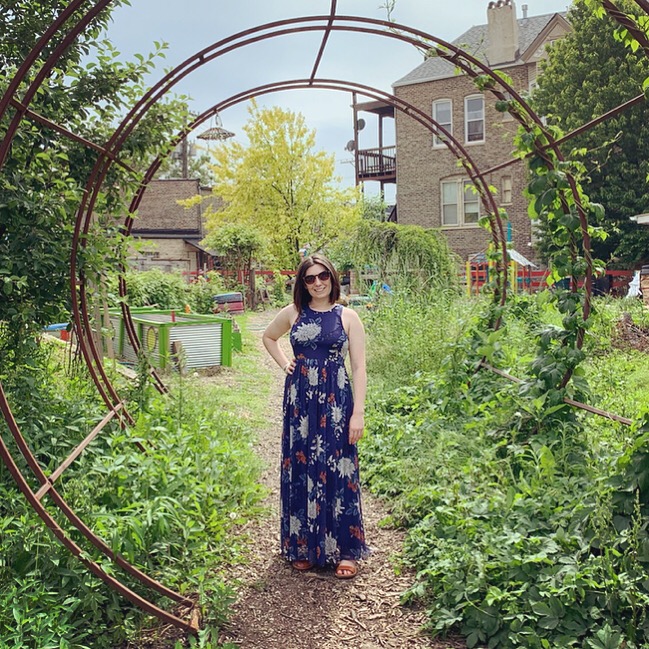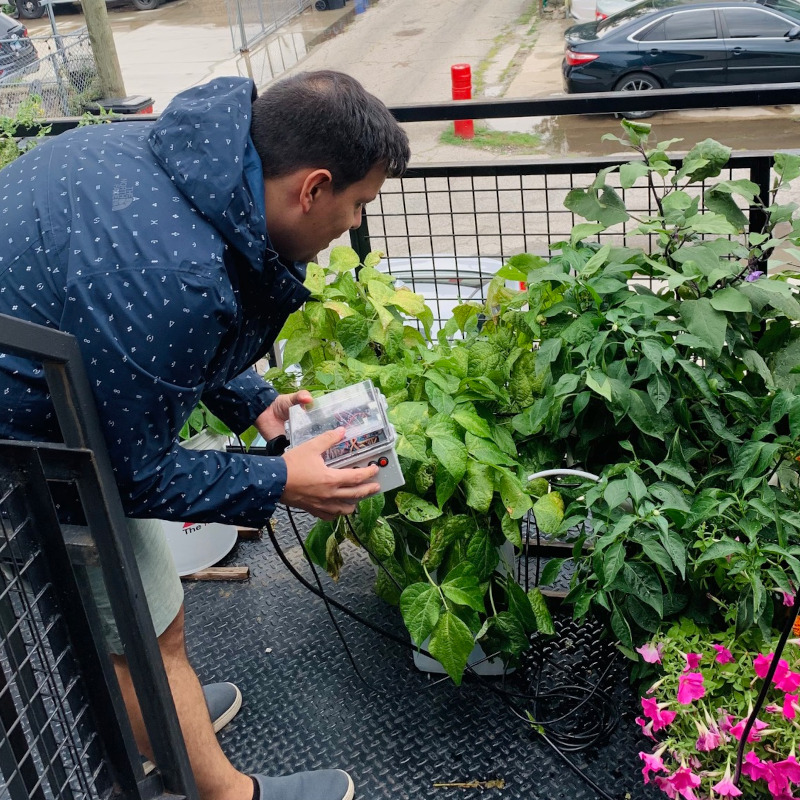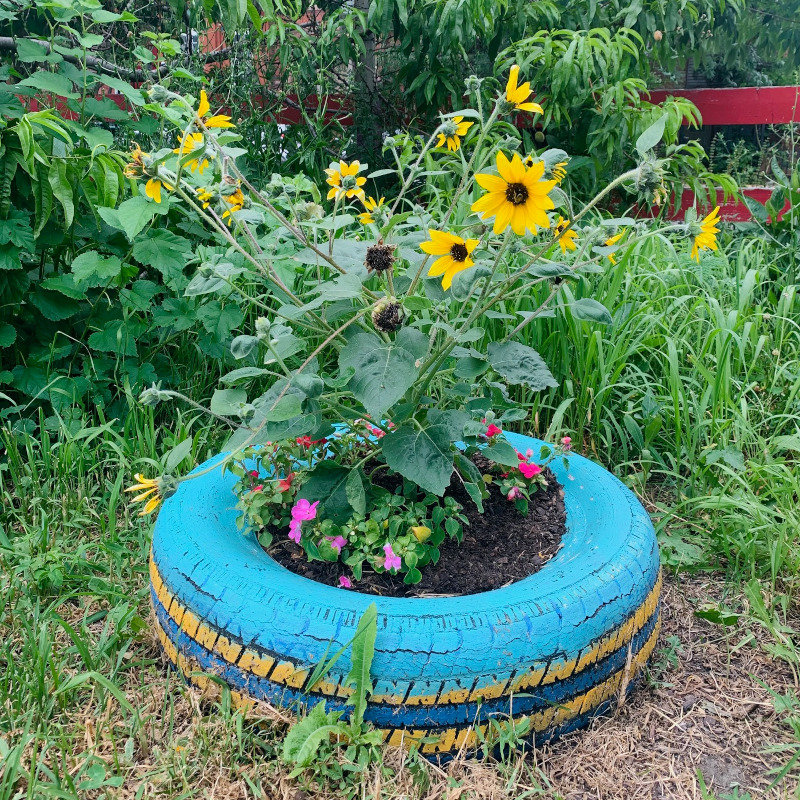Growing Habanero Peppers in Containers and Pots

Don’t let limited space keep you from enjoying delicious home-grown habanero peppers! No matter the size of your garden, we’ll show you how to produce a bountiful habanero pepper crop in containers all season long.
The Best Container Size for Habanero Peppers
The first thing to consider when growing habanero peppers in a container is what kind of pot you’re going to use.
Habanero peppers have a fairly large root system, so it’s important they have ample room to grow. When in doubt, five-gallon buckets (or a container of similar size) are a great option for habanero peppers. But if you’re looking to get technical, a good rule of thumb is to aim for a container that is roughly 577 cubic inches (9,455 cubic centimetres) in size.
Depending on the size of the pot you’re using, you can also put two or three habanero pepper plants in one container. Growing multiple habanero peppers in one pot is a great way to increase yield while working with limited space. It’s typically suggested to space habanero pepper plants 1 - 2 feet (30 - 60 centimetres) away from each other. But for most varieties, you can get away with packing habanero peppers in a little tighter than this.
Interested in Container Gardening?



Join the Garden Auntie newsletter!
Get expert tips, tricks, and inspiration for successful container gardening no matter the environment. Create a stunning and thriving garden, even in small spaces!
The Best Type of Container for Habanero Peppers
Plastic pots, terracotta, and fabric grow bags all make fine containers for habanero peppers. When choosing a pot to plant habanero peppers in, the type of material it’s made out of doesn’t really matter. What does matter, however, is how well that material releases excess water.
Poor drainage is the number one killer of habanero peppers grown in pots. If your habanero peppers sit in standing water for too long, their roots will rot and the plants will likely wither away.
If you’re using a plastic container for growing habanero peppers, it’s crucial there are 2 - 4 holes in the bottom to allow excess water to drain.
Terracotta pots, along with fabric grow bags, are a great container option for habanero peppers because they are naturally porous. Most terracotta pots also come with a hole in the bottom for additional drainage.
If growing your habanero peppers in grow bags, be sure to test how well they drain before planting. If water doesn’t leak through the bag quickly, you may want to add one or two holes to the bottom to keep the roots of your habanero pepper plant healthy and happy.
The Best Soil for Growing Habanero Peppers in Containers
Drainage also plays a key part in the type of soil you choose for habanero pepper containers.
Traditional soil, such as the type of dirt you can dig up in your backyard, is much too dense for habanero peppers planted in pots. It will trap moisture in the container to the point where it can cause fungal issues for habanero peppers as well as root rot.
Instead, opt for potting soil or soil specifically designated as safe for container gardening. Avoid all others.
Final Tips for Growing Habanero Peppers in Pots
Hopefully by now you’ve seen that growing habanero peppers in pots is pretty easy so long as you have the right container and right soil.
The key, as stated before, is drainage. You will likely notice that habanero peppers grown in containers are much thirstier than habanero peppers grown in a traditional garden bed. Be sure to adjust your schedule to water more frequently.
Of course, the same rules apply to container grown habanero peppers that apply to habanero peppers grown in a traditional garden, such as the amount of sunlight they need and when to plant them. You can find that information (and more!) in our complete guide on growing habanero peppers.
Happy planting!
